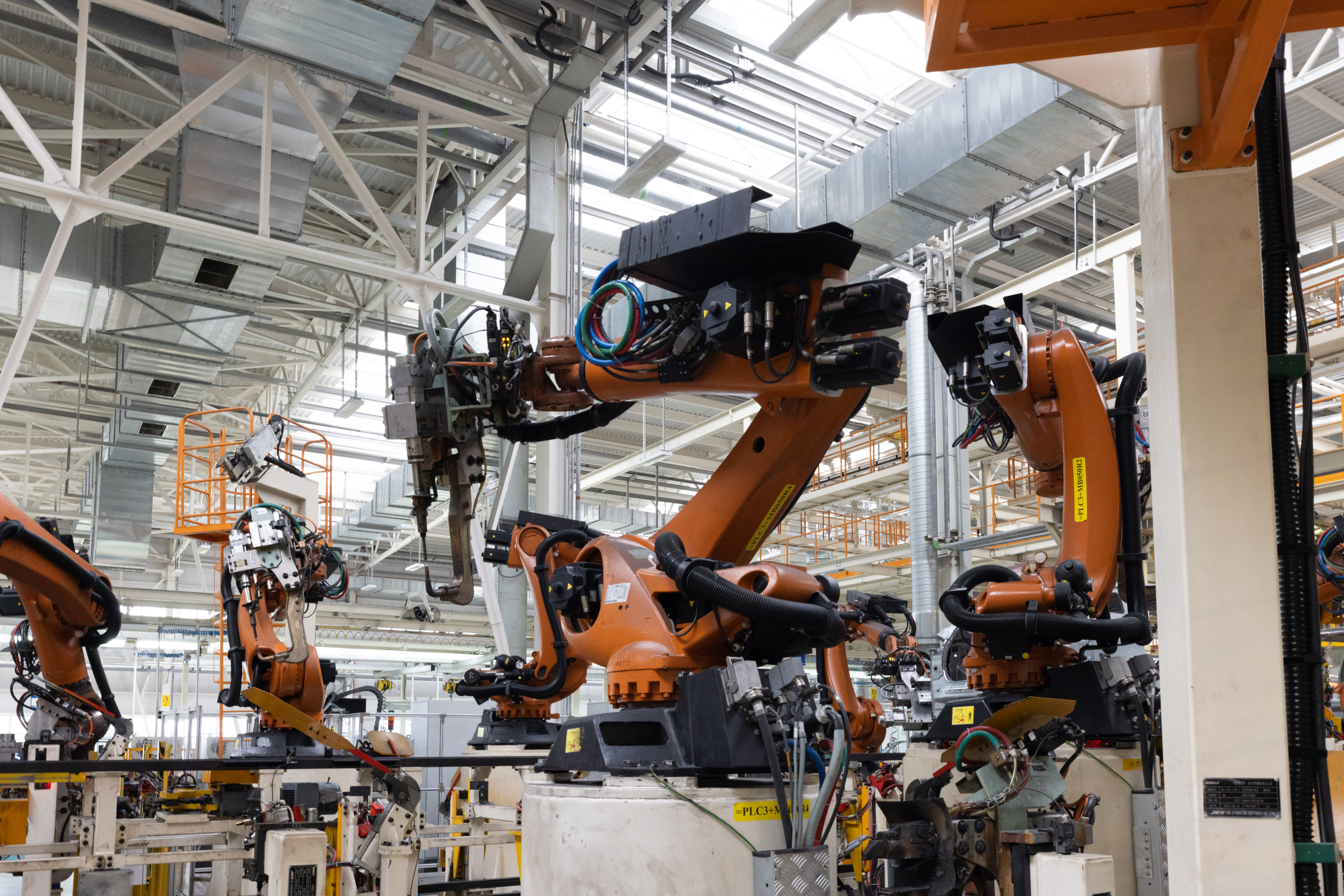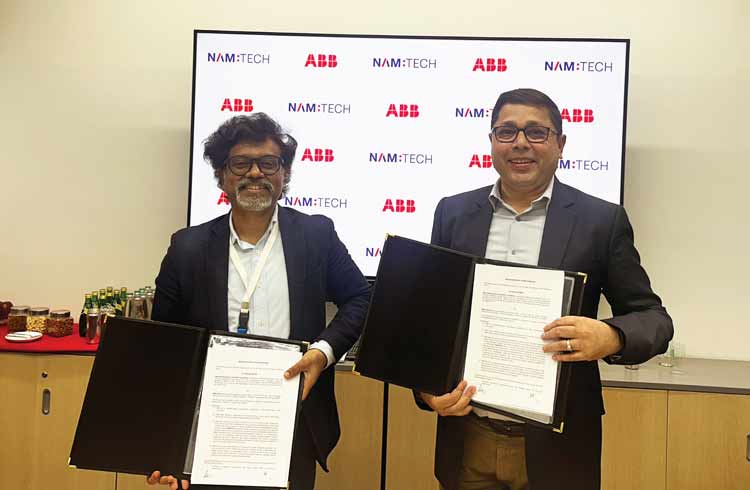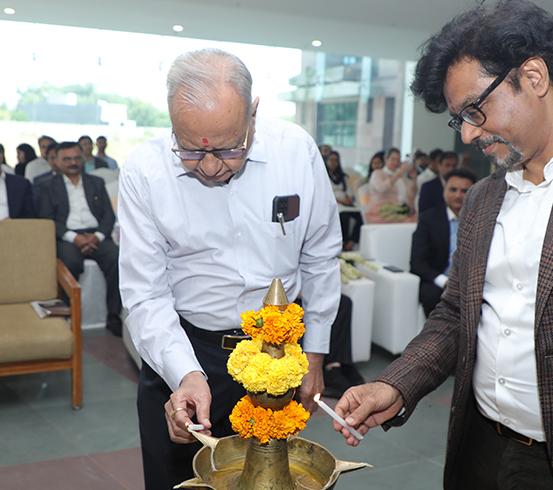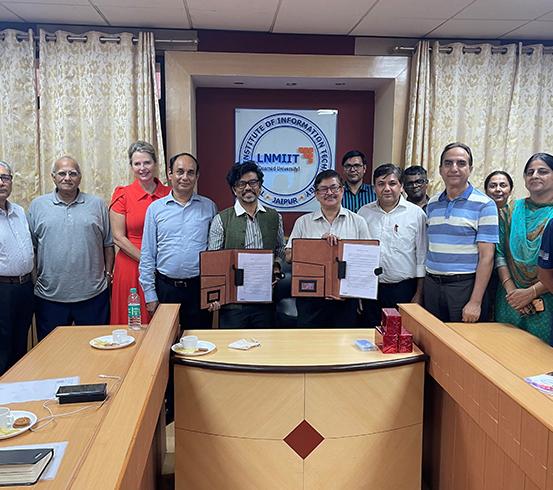Indian Institute of Science (IISc) is making the first smart factory in Bengaluru, Karnataka (India), with seed funding from the Boeing Company. These are India’s initial steps concerning the smart factory ecosystem. With advanced manufacturing education from new-age institutes like NAMTECH, smart manufacturing in India has a promising future.
Industry-specific masters and smart manufacturing programs in collaboration with government, corporate and academic institutions are crucial to gaining the early-move advantage of Industry 4.0 technologies in smart factories. There have been notable developments in recent years, including the PLI scheme (Performance Linked Incentive) and DLI (Design Linked Incentive) of the government of India, which encourages global manufacturers to set up their factories here. The government recently announced Rs. 76,000 crore to attract semiconductor manufacturers.
According to a TeamLease Degree Apprenticeship, there will be a shortage of around 2.5 lakhs to 3 lakhs professionals in semiconductor manufacturing by 2027. Therefore, smart factories need smart employees to design, run, and operate. In the following paragraphs, we will explore everything you need to know about smart factories and why future demand courses in India will be around smart manufacturing.
Let us explore.
What is a Smart Factory?
Smart factories leverage advanced technologies to develop a network of interconnected machines, communication systems, and computing power. This transformation from traditional factories boosts efficiency and productivity in manufacturing by generating real-time data that empowers balanced decision-making.
Several factories that have been using automation and robotics for several years might not be considered smart factories unless their systems are fully integrated and machines connect the physical and digital worlds. Smart factories are a real-world manifestation of the smart manufacturing scope at a broader scale.
Technologies of Smart Factories
Technologies which play a crucial role in creating a smart factory ecosystem are;
- Industrial Internet of Things
- Advanced-Data Analytics
- Artificial Intelligence and Machine Learning
- Digital Twins
- Robots and Cobots
- 3D Printers
- 4G/5G Wireless Networking
- Cloud-based Applications
- Edge Computing Device
Transformative Powers of Smart Factories for the Future of Smart Manufacturing
- Machines can automate and self-optimise processes. They can also generate data about their health so that maintenance can be performed before they break down.
- AI-driven analysis provides insights for improving planning, supply chain logistics, and product development.
- Smart factories can reduce wasted resources, time, and workforce hours, increasing overall efficiency. They can also lead to lower costs, reduced downtimes, and less wastage.
How Smart Factories Function?
Smart factories rely on a network of sensors and software to collect and share data at every step of the manufacturing process, helping manufacturers speed production and improve product quality and system upkeep. For example, within a factory, a bin on a production line may be fitted with a sensor that triggers a refill request when it’s low on supplies, prompting a robot to deliver new supplies just in time to avoid delays.
Additionally, machines continually generate data about their health, predicting maintenance needs and reducing breakdowns. Connected machines in a smart factory also prevent defects by spotting problems with elements.
Structure and Levels: Smart Factory
Level 1: At the first level, manufacturers aggregate large amounts of data from sensors attached to assets while they move through their supply chains and to machinery on their factory floors.
Organisations transitioning from legacy to smart manufacturing pull in data through custom integrations, data re-entry, or spreadsheet imports.
Level 2: Data contextualisation, including data segregation and combination after data collection in the form of dashboards and different visual displays to make it easy to decipher and understand.
Level 3: Advanced data analytics methods, including AI and ML, are used at the data activation level. It helps organisations to predict future outcomes with minimal human interference. For example, an AI-based system can diagnose and indicate when a particular machine or equipment is likely to malfunction and provide notification to fix it before causing permanent damage and long periods of costly production downtime.
Level 4: After reaching the data in action level, the smart factory runs primarily on robots and other machines with minimal human interference, primarily to supervise, upgrade and other functions.
Benefits of Smart Factories
According to a report by Grand View Research, the global smart manufacturing technology market will grow to US$787.54 billion by 2030. The demand for sensors, robots, cobots (industrial robots), tech assets, and other advanced software is at an all-time high, and more investments will follow in the future.
Advanced manufacturing education from a new-age institution like NAMTECH places you as the frontline professional to steer the future of smart manufacturing. Here are the key benefits of smart factories in Industry 4.0.
- Lower cost of management and operation with less human error, lower dependence on manual labour, extended machine life with fewer waste and defects
- Data collected and analysed by managers with industry-specific masters helps them make more informed, fact-based decisions about supply chain management, factory operations, and employee and inventory management.
- Smart factory technologies reduce process redundancies, minimise wasted time and material, lower downtime, optimise inventory use, and automate manual tasks. Overall, it boosts efficiency.
- People will continue to play a crucial role in manufacturing in Industry 4.0, Industry 5.0 and beyond. However, smart factories help to eliminate human errors in the production process.
- Optimum utilisation of resources through technologies promotes sustainable and green manufacturing.
Smart Factory Examples
- Smart Park in Changwon, South Korea, of LG Electronics
- John Deere developed its own 5G network for its farm equipment manufacturing unit in Midwest, USA
- Ford’s Michigan factory for electric F-150 Lightning pickup truck manufacturing plant
Future demand courses in India, like iPMP in Smart Manufacturing at NAMTECH, groom professionals with the technical and soft skills required to lead the future of smart manufacturing. Explore and apply now for NAMTECH admissions 2024.











